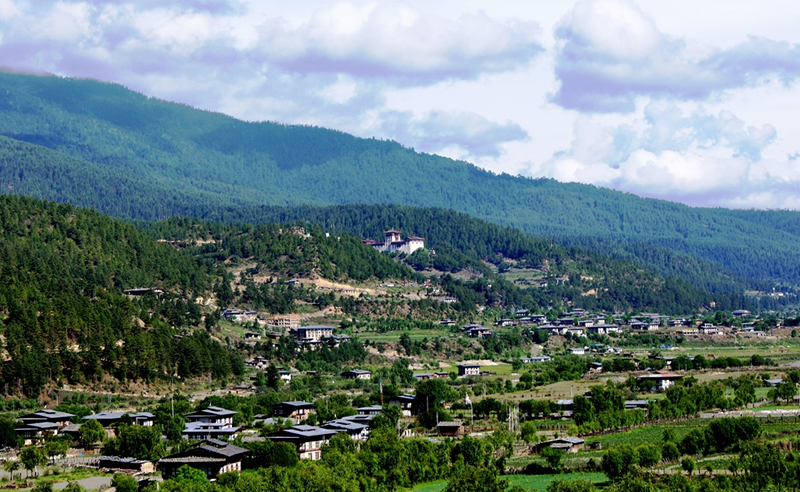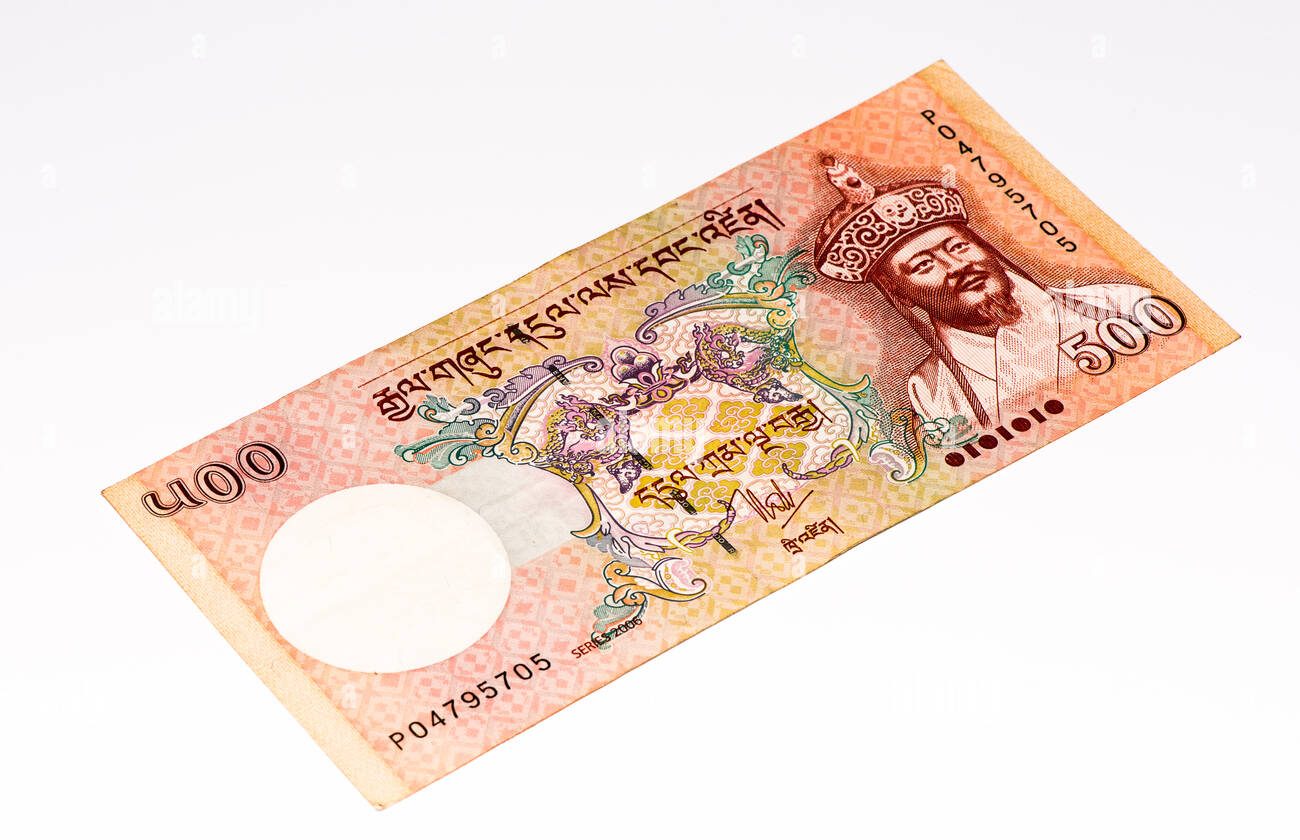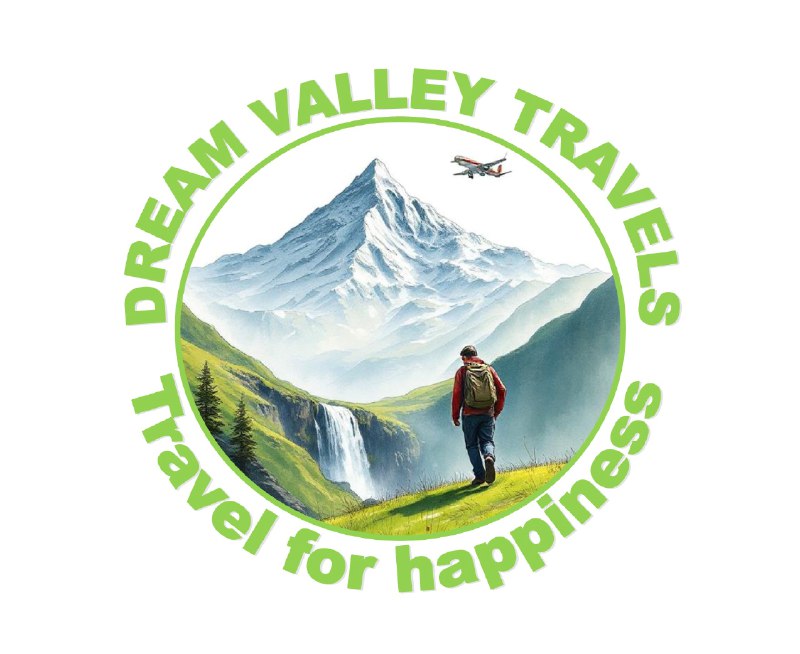Traveling to Bhutan is a unique experience, and the country has specific travel requirements due to its focus on sustainable tourism. Below is essential travel information to help you plan your trip to Bhutan:

Visa Requirement: All foreign tourists (except citizens of India, Bangladesh, and the Maldives) require a visa to enter Bhutan.Visa Process: The visa is processed through a licensed Bhutanese tour operator. You cannot apply for a visa directly; it must be arranged through a travel agent.
Once you have booked a tour, your visa will be processed by the tour operator, and you will receive a visa clearance letter. The visa itself will be stamped upon arrival at the airport.
Visa for Indian, Bangladeshi, and Maldivian Nationals: Citizens from these countries do not need a visa. However, you must carry a valid passport or national ID card.

Spring (March to May): Ideal for hiking and experiencing Bhutan’s lush landscapes with beautiful wildflowers and rhododendrons in bloom.
Autumn (September to November): Clear skies, perfect for trekking and sightseeing, as well as Bhutan’s festivals like Paro Tsechu.
Winter (December to February): For those who enjoy cooler temperatures and less crowded destinations.
Summer (June to August): While Bhutan experiences monsoon rains, this is a great time for green landscapes and fewer tourists.

Tourism in Bhutan is highly regulated. The government has a policy of high-value, low-impact tourism to preserve Bhutan’s culture and environment.
You need to book your tour through a licensed Bhutanese tour operator, and there is a daily minimum tariff for tourists.
Special Permits: If you plan to visit places like Punakha or the Phobjikha Valley, or any border regions near China, special permits may be required. These are typically handled by your tour operator.

Bhutan requires tourists to pay a daily minimum fee, which includes accommodation, meals, transportation, and a guide.High Season (March, April, May, September, October, and November):$100 per day per person (for 3-star hotels).
Low Season (December, January, February, June, July, and August):$100 per day per person (for 3-star hotels).
This tariff includes:
+ Accommodation
+ Meals (Breakfast, Lunch, Dinner)
+ Guide services
Transportation within Bhutan

International Airports: Bhutan’s only international airport is Paro International Airport (PBH), located in Paro, which is approximately 50 km from the capital, Thimphu.
Flights from India: Bhutan has several direct flights from India, with airlines like Druk Air and Bhutan Airlines offering service to Paro from cities like Delhi, Kolkata, Mumbai, Bagdogra, and Guwahati.
Flights from Other Countries: Bhutan also has flights from other countries like Nepal, Thailand, and Singapore, but they are less frequent.

Currency: The official currency of Bhutan is the Ngultrum (BTN). However, Indian Rupees (INR) are also accepted, especially in border areas. ATMs are available in major cities like Thimphu and Paro, but it’s advised to carry cash as some rural areas may not have easy access to ATM services.
Credit Cards: Major credit cards are accepted in large hotels and establishments in cities like Thimphu and Paro. However, smaller towns may prefer cash.
